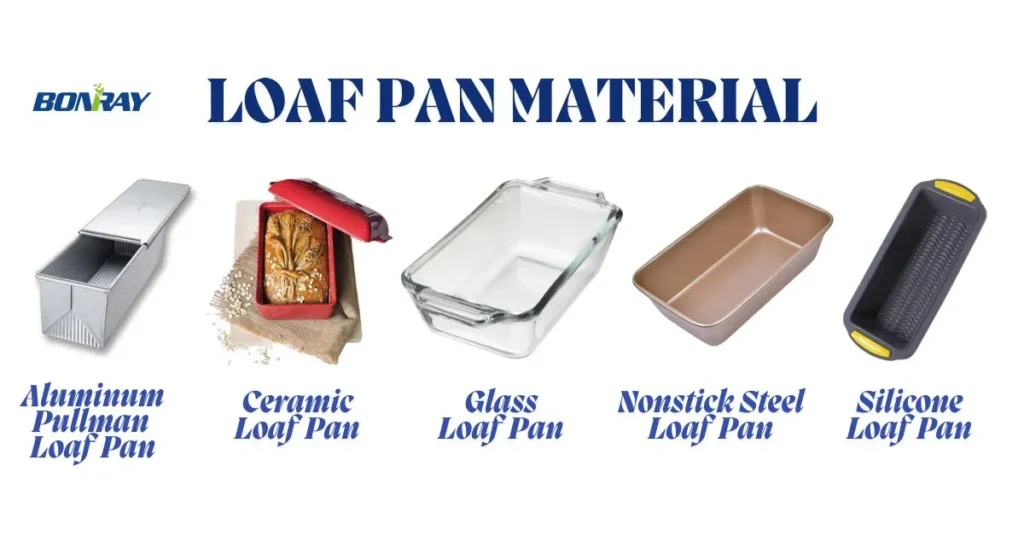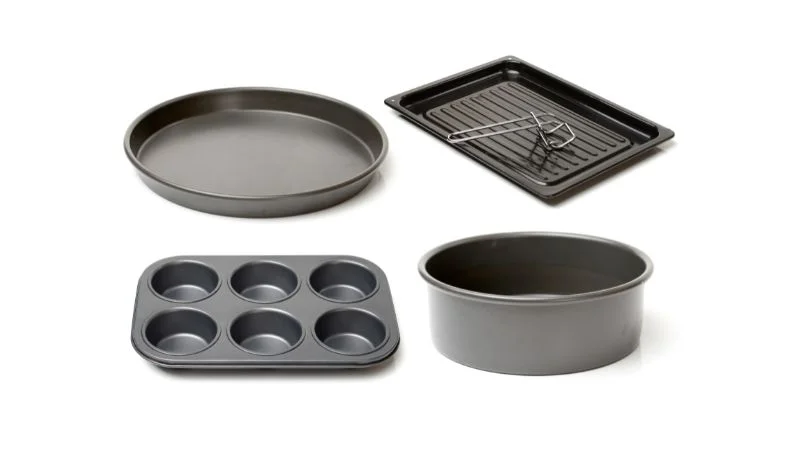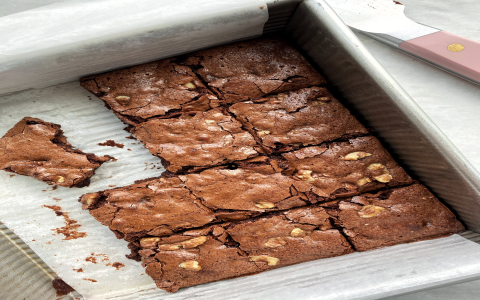My New Bread Mold Pan Saga
Alright, so I caved and got myself one of those bread mold pans. You know the type. My old one was, let’s just say, past its prime. Looked like it had seen a few too many battles in the oven, and frankly, everything was starting to stick like crazy. Figured it was time for an upgrade, or at least a replacement that wouldn’t glue itself to my bread.
When this new pan arrived, I pulled it out of the box. Seemed sturdy enough. Not too heavy, not too light, just felt like a proper pan. Gave it a good wash with soap and water, you know, the usual drill with new kitchen stuff. Didn’t bother with any fancy seasoning rituals; most of these modern pans claim you don’t need it. We’d see about that, I thought to myself.

First Bake Attempt – The Moment of Truth
Decided to go with a simple white loaf for its maiden voyage. Nothing too complicated, just wanted to see how the pan handled a basic bake. Mixed up the dough, let it do its first rise, punched it down, the whole shebang. Then came the moment of getting the dough into this new pan. It fit okay, maybe a tad snugger than my old, warped one, but nothing to really complain about. I shaped the loaf, plonked it in, and let it have its final proof. Then, into the preheated oven it went. Crossed my fingers, as you do.
Now, here’s where things got a bit interesting. I usually bake at my standard temperature, the one that’s worked for years with my old faithful. But I swear this new pan conducted heat a bit differently, maybe more efficiently. The crust seemed to brown up quicker than I’m used to. Had to keep a close eye on it towards the end, nearly caught the top and ended up with a darker-than-usual crown. Lesson learned: new pan, new learning curve with the oven.
The Verdict on the Loaf and Pan Performance
Pulled it out of the oven, and the loaf actually looked pretty decent despite the speedy browning. Good shape, held its form well, didn’t sag or do anything weird. The real test, though, was getting it out of the pan. That’s where my old pan always put up a fight. Tipped this new one over, gave it a little shake, and… it popped right out! Clean as a whistle. Okay, gotta give it serious points for that. The non-stick claim wasn’t just a load of marketing fluff, at least not for this first critical bake.
- The Crust: A bit darker on top, as I mentioned, but the sides and bottom were nicely golden and crisp.
- The Crumb: Pretty standard, nice even texture. The pan did its job holding the shape, so no complaints there.
- Sticking Issues: Absolutely none. That was a massive relief, honestly.
Cleaning was a breeze too. A quick wipe with a soapy sponge, a rinse, and it was good to go. Miles better than scrubbing away at my old, battle-scarred pan for ages.
So, What’s the Real Deal with this Pan?

Look, it’s a bread pan. It’s not going to magically transform your baking skills or turn water into wine, or, well, flour into award-winning bread by itself. But this particular one? It does what it’s supposed to do, and it does it well. It bakes bread evenly (once you figure out its heat quirks with your oven), and it releases the loaf without a fight. That’s more than I can say for some other pans I’ve wrestled with over the years.
I’ve used it a few more times since that first loaf. Made a sourdough that came out looking quite handsome, and a whole wheat loaf that didn’t stick one bit. It’s holding up. I’m still getting used to that slightly faster browning, so I’ve started to knock my oven temp down by about 10 degrees when I use it, seems to do the trick. But overall, yeah, it’s a decent piece of kit. If you’re in the market for a no-fuss bread pan that just works, this kind of thing is probably a safe bet. Just don’t expect miracles, remember it’s still you, your recipe, and your oven doing most of the heavy lifting. The pan’s just there to give your creation a cozy home while it bakes.













